Rich in vitamin C and protein, potato is one of the most widely known tubers in the world. Known in the scientific world as Solanum tuberosum, belonging to the scientific Solanaceae (nightshade) family, the potato is native to the Americas. Health-wise, potatoes contain a lot of vitamin C, which is an antioxidant that was a significant nutrient that facilitated the body’s resistance to scurvy in earlier times.
Potassium, another vital component of potatoes, helps the human heart and nervous system. Sweet potatoes have a high composition of vitamin A, which helps the human vision system. Potato is edible both in its raw and cooked state. However, it is not advisable to eat raw potatoes because of the presence of solanine and lectins, which can cause distress in the gastric system.
Growing Potatoes through Companion Planting
Companion planting involves planting and cultivating more than one agricultural product within a space in a garden. This is done in such a way that both plants and crops can co-exist and work for each other’s good, or one works for the good of the other.
While potatoes grow side-by-side with other plants that do not necessarily compete for space and nutrients with it, this tuber has some companion plants that naturally aid its growth and harvest. Here are some of the plants and crops you can grow as companions for potatoes in your garden or farm.
Cabbage
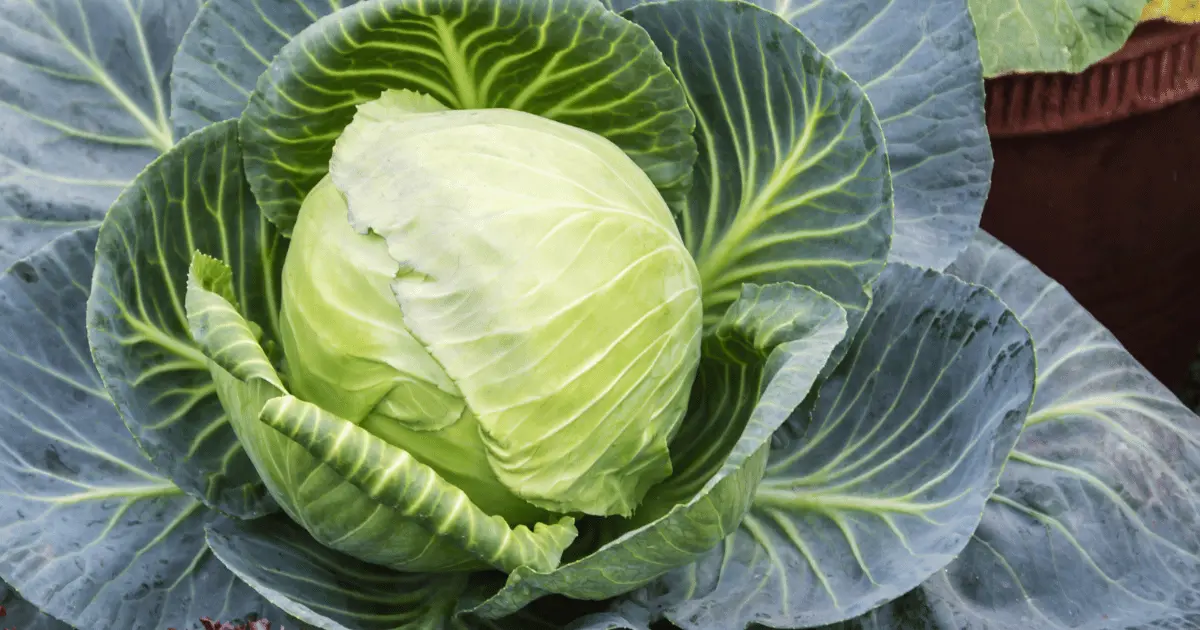
Cabbage has shallow roots and will not compete for space with potatoes when planted in a companion. The fact that a potato is a tuber means that any plant that will do well as its companion should find enough room in the soil, and cabbage is one of the perfect fits for this.
Cauliflower

As part of the brassicas family of plants, cauliflower is one of the garden’s best companion plants for potatoes. The cauliflower has a shallow root system that naturally doesn’t compete for nutrients with the potato. Besides, both plants have the same soil moisture requirements.
Alyssum
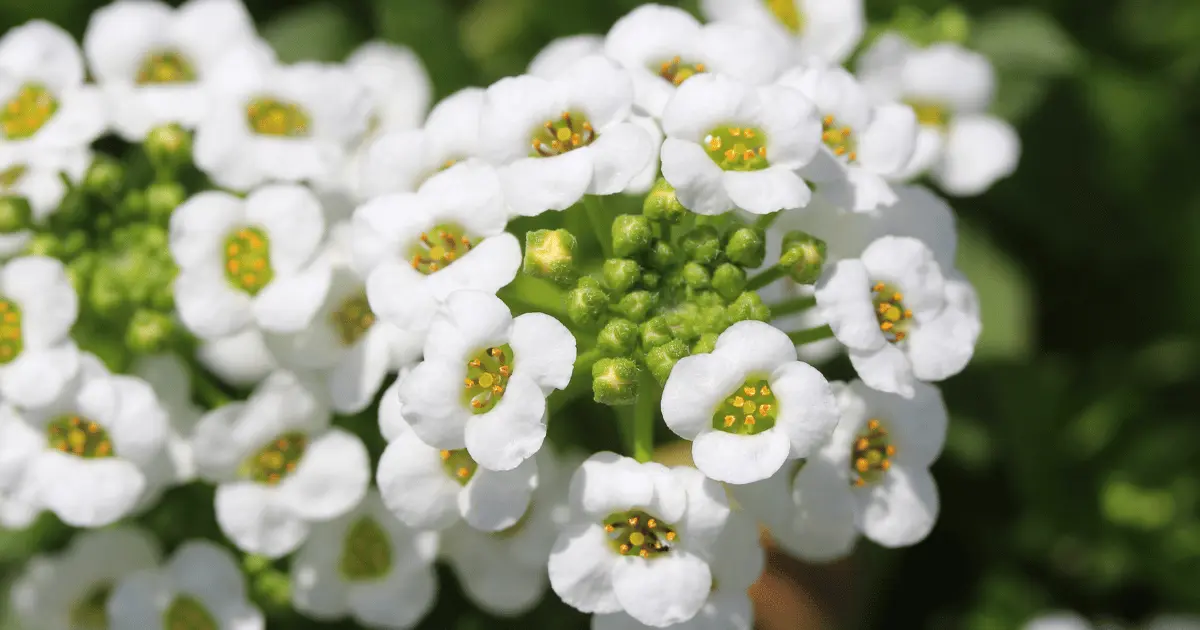
When planted as a companion plant to a potato in the garden, the alyssum flower has bright colors that attract insects or pollinators that are beneficial to the growth of the potato. As a result of the spread of this flower over the soil serves as an ideal ground cover for the potato as it helps retain moisture in the soil, which would keep the apt moisture for the potato. Alyssum also helps against weeds that can compete for nutrients upon which the potatoes should thrive.
Corn

Corn grows tall, has shallow fibrous roots, and produces fruits in its stalks, unlike potatoes that produce in the soil. Planting corn amid potatoes will help adequately manage the planting space without disturbing each other.
Chives
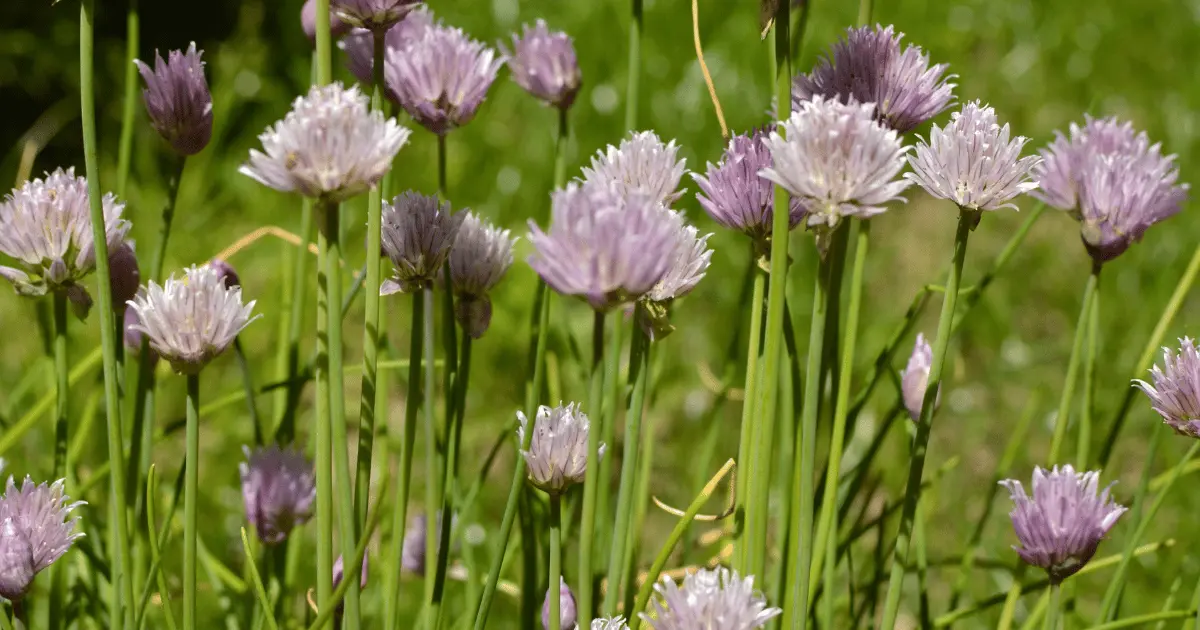
Unlike potatoes, chives do not have deep roots, which helps maximize space when planted as a companion to potatoes. This culinary herb also attracts insects to eat the pests that could hinder potato growth and also serve as pollinators to improve the yield of the potatoes.
Coriander

Also known as Cilantro, coriander grows to develop umbrella-lookalike flowers, which attract insects that benefit the potato when planted in a companion. Coriander attracts insects such as ladybugs and lacewings, which fight off pests that harm the potatoes.
Leeks

Leeks are shallow-rooted in the allium plant family, and they thrive well when planted as companions of potatoes. They serve the purpose of maximizing space capacity when planted with potatoes.
Horseradish

The horseradish is a perfect pest repellant. Hence, it helps to repel colorado potato beetles, and that means keeping harmful pests away from the potatoes. Horseradish also helps the potato better resist diseases.
Marigolds
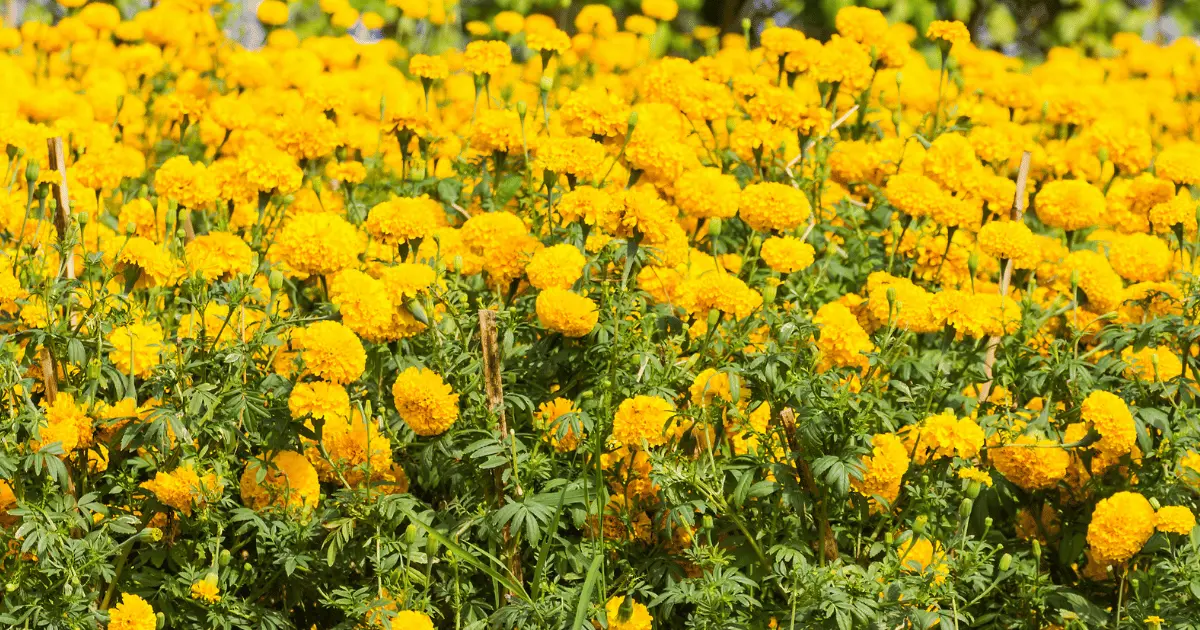
Marigolds also thrive well with potatoes, and this is because their smell repels many pests, which would have been a colossal disaster to the potatoes at their prime. Potato beetles are a common potato pest, and Marigolds repel it. Contrastingly, marigolds attract pollinators to potatoes to aid their yield.
Tansy

Tansy is an aromatic herbal plant with bright yellow flowers that attract beneficial insects or pollinators to the potatoes when they are planted as companions. This plant has a strong scent that also deters potato beetles and other pests.
Petunias
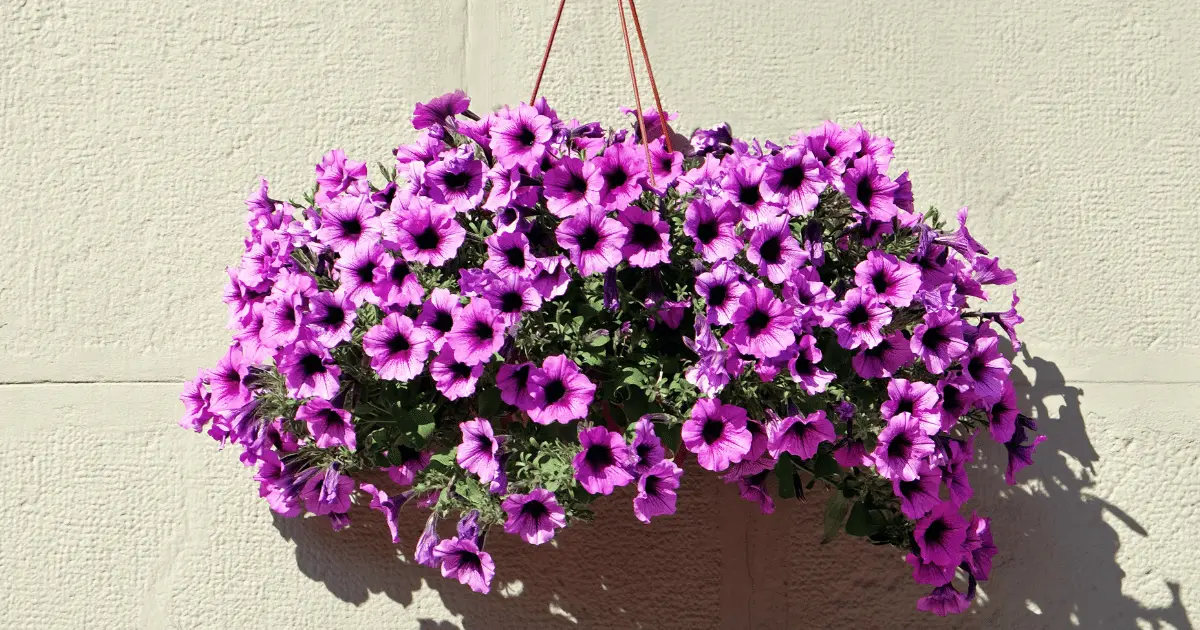
Petunia is a flowering plant that also attracts beneficial insects that fight the natural pests of potatoes. Petunias have a strong fragrance, and this fragrance confuses some pests, such as hornworms and aphids from damaging the potatoes, so they can’t find their target plants.
Nasturtiums

Nasturtiums are flowers that shine bright and attract harmful insects, which can be used to attract potato-harming insects off the potato plant field. As a trap plant in the garden, when Nasturtiums are planted strategically, they are essentially sacrificed to the pests, so they stay off the potatoes.
Green Beans

This plant is an excellent companion for the potato. As a nitrogen-fixing plant, green beans exhume nitrogen into the soil, and the nitrogen boosts the growth of potatoes. It also wards off pests that are harmful to the growth of the potato
Sugar Snap Peas
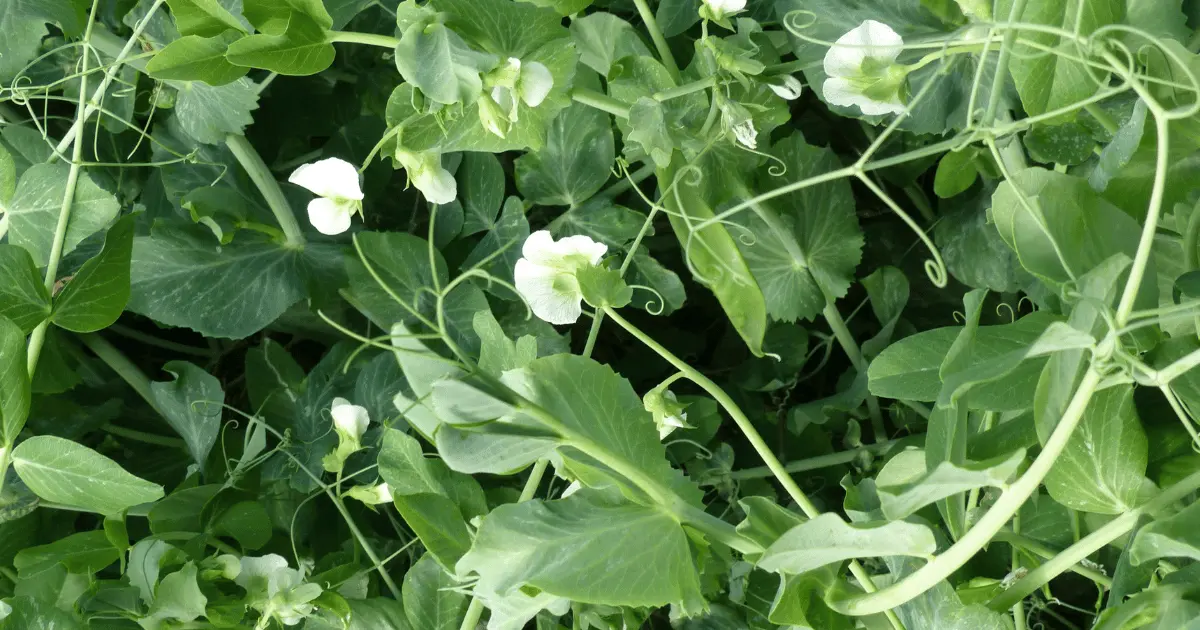
Sugar snap peas are also nitrogen-fixing plants that exhume the much-needed nitrogen into the soil for the growth of the potato. In return, potatoes repel the Mexican bean beetle, which is a pest for sugar snap peas and many other legumes.
Flax
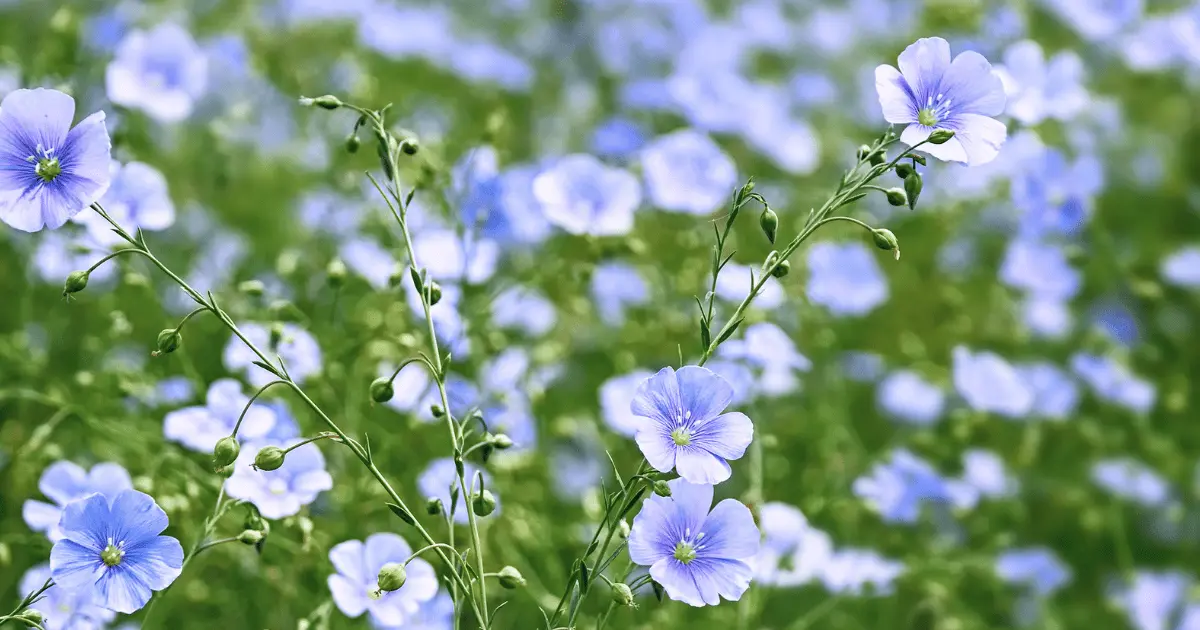
Flax or linseed is a flowering plant grown for its seed and ornamental value. Colorado potato beetle is a voracious pest of potatoes. When the potatoes are planted with Flax, the Flax has linseed oils and tannins that repel this pest. The purple-blue flower of the flax plant also attracts beneficial insects that aid the potato’s growth.
Kohlrabi

Kohlrabi is shallow-rooted and will do well with potatoes because it won’t compete with the same nutrients. Kohlrabi will also help the potato farmer optimally maximize the planting space.
Thyme

Thyme is a good companion plant to be grown alongside the potato in the garden. Planting thyme with potatoes improves the flavor of the potatoes. This culinary herb also attracts beneficial insects like hoverflies which helps to reduce the impact of aphids on your potato garden.
Parsley
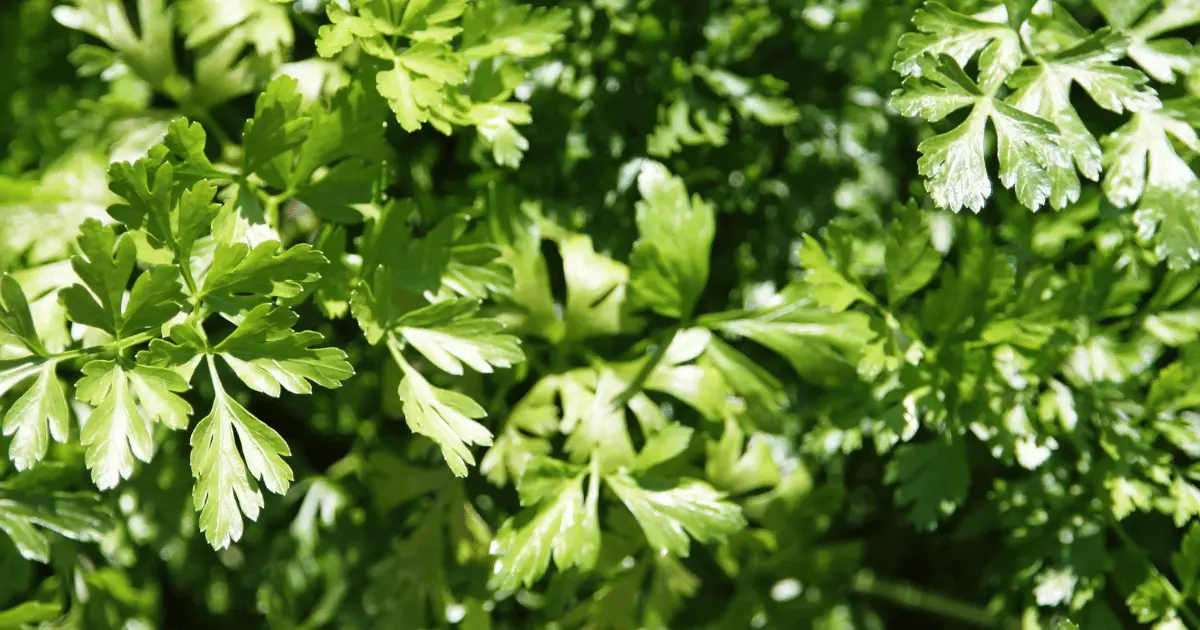
Companion planting of potatoes and parsley benefits both plants in the garden. Parsley also improves the flavor of the potato when planted as a companion while also attracting beneficial insects to the potatoes.
Garlic
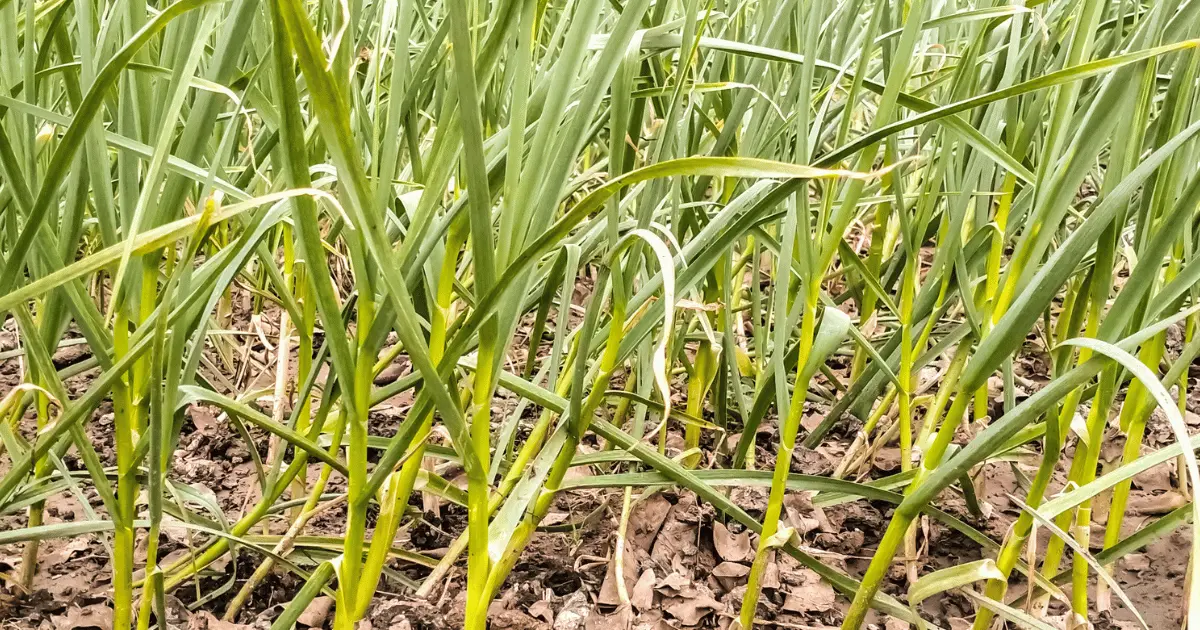
Garlic is a plant in the allium family with a pungent smell. Hence, when planted as potatoes’ companion, garlic repels certain pests, flies, and mites from affecting the growth of the potatoes.
Onions
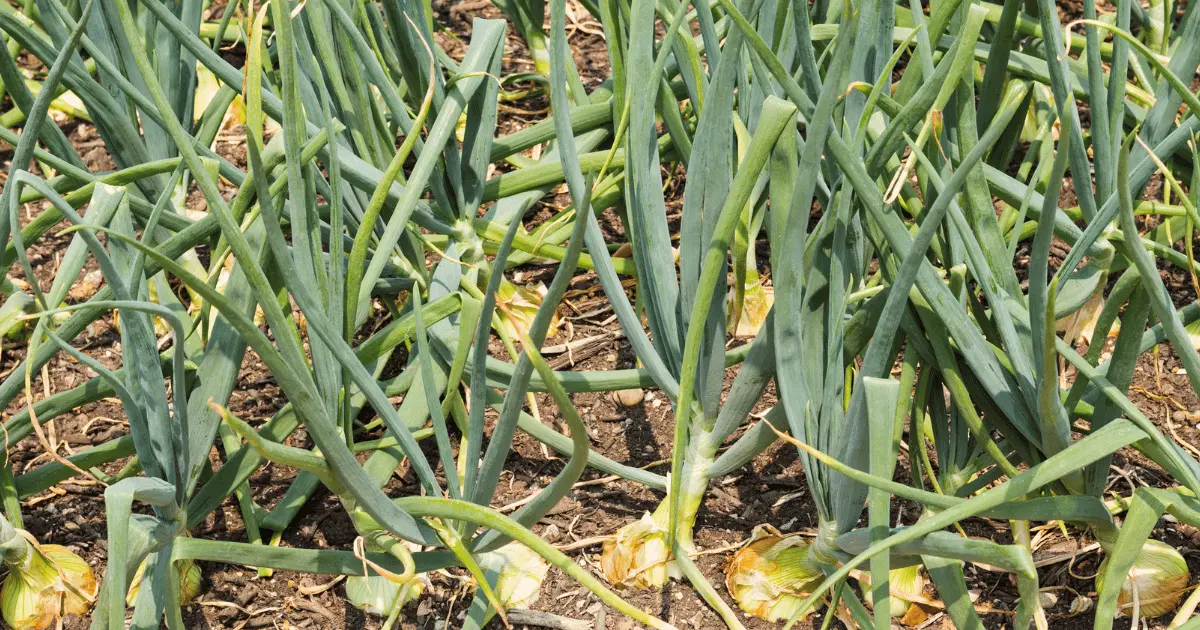
The onion is an allium that can be grown alongside potatoes in any garden. The small size of the onion as well as its strong, pungent smell, will repel potato pests from feasting on your harvest.
Mint
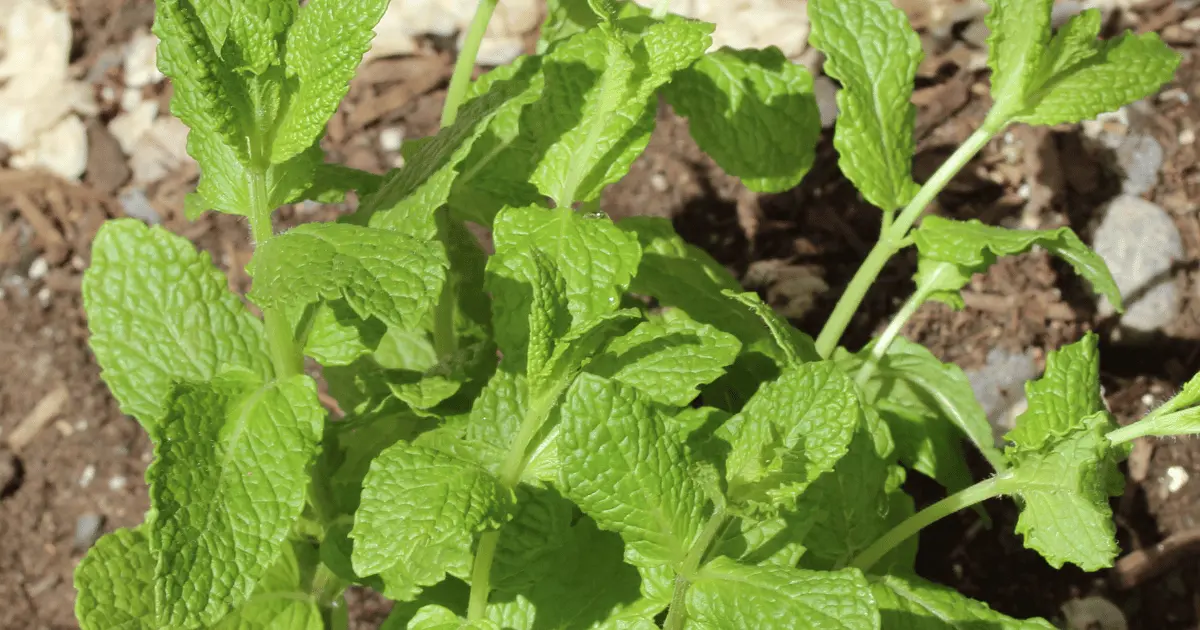
Mint is a perennial herb with varieties of fragrances. Mint repels potato pests such as whitefly, flea beetles, ants, and mice.
Growing Potatoes
A sunny space, a steady water supply, and the potato stalk (or seed) are all you need to grow a potato in an area. As simple as that seems, a few preparations will help the potato thrive better. For some potatoes, you plant the tuber itself by dividing a growable portion into the soil; for others, you plant the potato stalk.
The planting stage of the potato involves burying the potato stalk in the ground prepared for it. However, one must note that the space prepared for potatoes must have ample exposure to sunlight for photosynthesis. At the very minimum, the area must have six hours of exposure to direct sunlight daily.
Mixing the soil with compost is advisable, and lay the soil in heaped line ridges before planting the potato. The potato will have the apt environment to produce in this kind of soil.
After planting, you’ll need to monitor the potato’s watering so there isn’t too much or too little water for the tuber to thrive. Potatoes are usually mature enough for harvest 80 to 100 days after planting. As a general tone to harvesting potatoes, do not harvest potatoes on wet days.
Precautionary Measures for Using Potato Companion Plants
While you might be trying to make the best use of the land space, it is also important not to plant the potatoes too tightly together. The closeness or maximizing of space should be done cautiously as this might limit the potential of the plant to produce according to its capacity. Growing too tightly together also creates a lot of competition for a limited space’s nutrients. Potatoes need at least 30cm spacing from each other to breathe well.
What to Avoid In Planting with Potatoes
Some plants are also not good options for planting with potatoes.
Cucumbers and members of the Cucurbit family can make potatoes susceptible to blight. They can also compete for the same nutrients as potatoes.
Nightshade plants such as tomatoes will also not do well with potatoes because they belong to the same plant family, and diseases can quickly spread among them. They will also compete for the same nutrients.
Sunflowers are also a bad option for potato companion planting. Sunflowers will excrete chemicals that can harm the potatoes, so it’s best to keep them away from potatoes.
